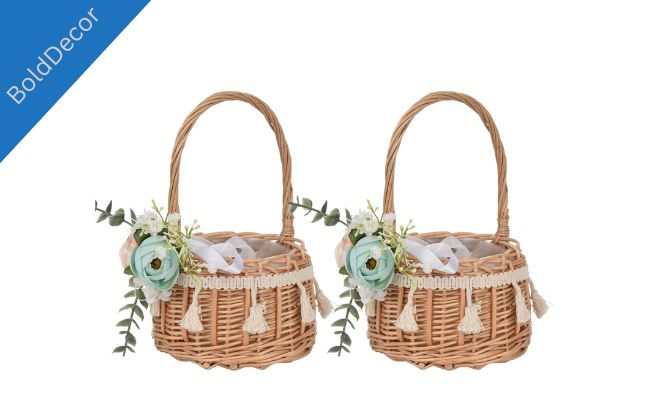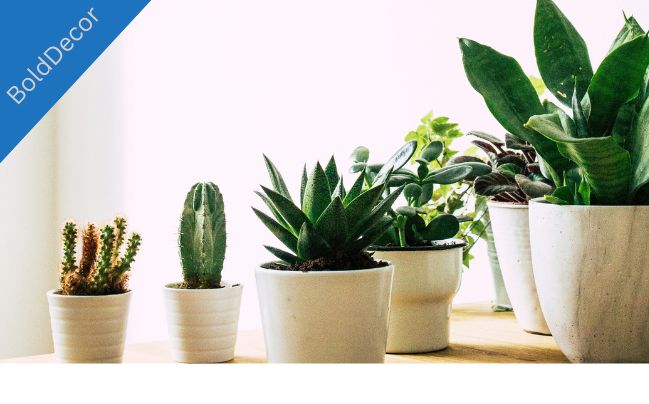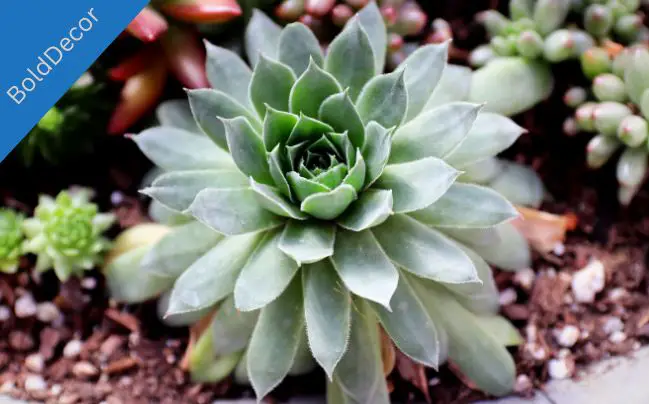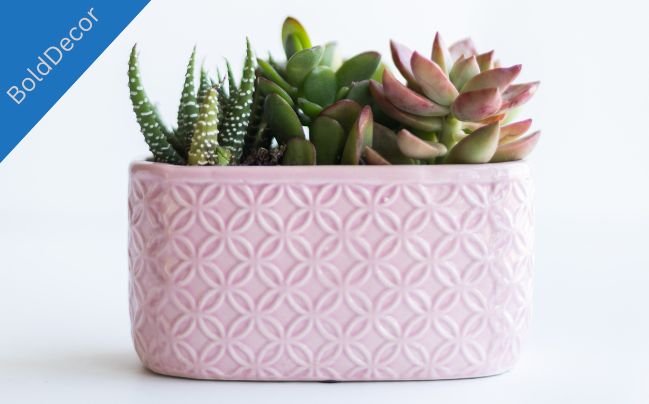If you are looking for a beginner-friendly houseplant that doesn’t require a lot of attention, look no further than the golden pothos plant. These beautiful trailing plants are not only easy to care for, but they also thrive in low light environments, making them ideal for anyone with limited natural sunlight.
In this post, you will learn everything you need to know about caring for your golden pothos plant, including watering, soil and fertilizer, propagation, and how to get yours now.
Key Takeaways:
- Golden pothos plants are low maintenance and perfect for beginner gardeners.
- These plants are well-suited for low-light spaces and can tolerate indirect light and even some shade.
- Proper watering is important for the health of your plant. Water when the top inch of soil is dry to the touch.
- Golden pothos plants are not picky about soil type and can be fertilized with a balanced houseplant fertilizer.
- Propagation is easy with stem cuttings. Pruning can help promote fuller growth and maintain an attractive appearance.
Table of Contents
What is Golden Pothos?
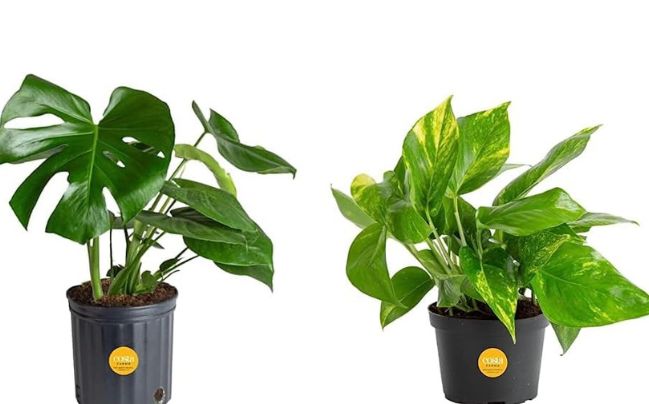
Golden pothos, also known as devil’s ivy, is a popular houseplant that belongs to the Araceae family of indoor plants. Its scientific name is Epipremnum aureum. Its distinctive heart-shaped leaves and trailing vines make it an attractive addition to any indoor space.
The common name “devil’s ivy” comes from its ability to propagate and grow quickly, making it appear almost indestructible. It can grow up to 8 feet or more, making it ideal for training along walls or over shelves.
- Native habitat: Golden pothos is native to the Solomon Islands, but it is widely cultivated worldwide.
- Growth habits: These plants can grow in a variety of soil conditions and light levels, but they prefer indirect or low light. They can tolerate periods of drought, but they prefer slightly moist soil.
- Physical characteristics: The leaves of golden pothos are typically green and yellow, but they can also show variegation in white or silver, depending on the cultivar. The leaves can grow up to 12 inches long and 4 inches wide.
With their easy care requirements and decorative appeal, it’s no wonder that golden pothos have become a staple in many indoor gardens.
Upgrade Your Space with Golden Pothos
Ready to enhance your home with easy-care elegance? Buy golden pothos now and effortlessly elevate your indoor style.
Click to shop!
Choosing the Right Location
When it comes to finding the perfect spot for your golden pothos plant, remember that these low light plants are quite versatile and can thrive in a variety of indoor environments. In fact, they are particularly well-suited to low light areas where many other indoor plants struggle to grow. So, go ahead and take a look around your home to find your plant’s perfect perch.
Try to place your golden pothos in an area of your home that is protected from direct sunlight. They can tolerate indirect light and even some shade, making them an excellent choice for rooms with limited natural sunlight. Keep in mind that these trailing plants can grow quite long, so make sure to provide them with ample room to spread out.
Best Indoor Locations
| Location | Description |
|---|---|
| Living Room | The living room is a great all-around choice as it usually has sufficient natural light. Golden pothos can add a touch of greenery to this social space and create a relaxing ambiance. |
| Bathroom | Golden pothos work well in bathrooms as they tolerate the low light often found in these areas. They also enjoy the humid environment created by showers and baths. Be sure to keep the plant away from direct splashes of water. |
| Bedroom | Golden pothos can be a great way to add a splash of greenery to your bedroom, which can help create a soothing environment that promotes sleep. It can also remove toxins from the air which can help improve air quality. |
Remember, golden pothos can grow both high and wide, so consider placing it on top a tall shelf or let it hang down as a cascade of leaves from a hanging basket. So long as you keep it in a relatively low light environment, you’ll find that this indoor plant can thrive in almost any room of your home.
Watering Golden Pothos
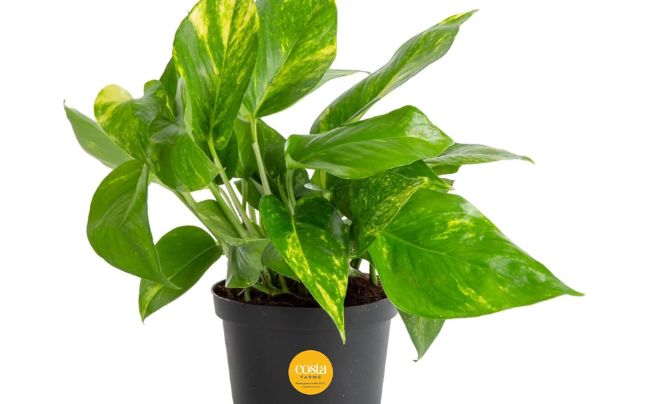
Golden pothos plants are easy to care for, but proper watering is crucial for their health and wellbeing. These lush indoor plants prefer slightly moist soil, but they can also tolerate periods of dryness. Overwatering your pothos can lead to root rot which can be dangerous for your plant’s health. To avoid this, you should aim to water your golden pothos when the top inch of soil feels dry to the touch.
When it’s time to water, you should provide enough water to moisten the soil evenly throughout the pot. You can test if you’re providing enough water by allowing water to run through the bottom of your pot and into the saucer. Once the pot is drained, pour out any remaining water from the saucer to prevent your plant from sitting in water.
During the summer months, when your pothos is actively growing, you may find that you need to water it more frequently. Conversely, during the winter months when growth slows down, you’ll need to reduce your watering schedule. Additionally, if you notice your pothos leaves are yellowing or starting to wilt, it could be a sign of underwatering. Give your plant a good drink, and it should start to perk up.
Overall, with the right watering schedule, you can help your golden pothos thrive and add a lush touch of beauty to your indoor space.
Soil and Fertilizer
Golden pothos plants are known for being low-maintenance, and they’re not too picky about soil type. As long as the potting mix is well-draining, your plant should be happy. A mix of peat moss, perlite, and vermiculite is an excellent choice for potting soil.
Fertilizing is also an important part of caring for your golden pothos. A balanced houseplant fertilizer can be applied every two to four weeks during the growing season to promote healthy growth. Be careful not to over-fertilize, as this can damage the roots.
| Tip | Golden Pothos Care Tips |
|---|---|
| Soil type | Choose well-draining potting mix with a mix of peat moss, perlite, and vermiculite. |
| Fertilizer | Use a balanced houseplant fertilizer every two to four weeks during the growing season. |
With a little bit of attention and care, your golden pothos plant will thrive and bring a lush, green touch to any indoor space.
Propagation Methods
If you want to expand your collection of golden pothos plants, propagation is a simple and easy way to do it. The best part is that you can use stem cuttings from your existing plants to grow new ones!
To propagate your golden pothos, start by taking a cutting that is at least 4-6 inches long and has a few leaves and nodes. Use a clean, sharp pair of scissors or a pruning knife to make a clean cut.
Once you have your cutting, you can place it in water or moist soil. If using water, make sure the nodes are submerged and change the water every few days to prevent rot. If using soil, make a small hole and insert the cutting, then keep the soil moist but not waterlogged.
Within a few weeks, you should start to see roots developing from the nodes. Once the roots are a few inches long, your new plant is ready to be potted up!
Propagation Tips:
- Propagation is easiest during the growing season, which is typically spring and summer.
- For best results, choose a healthy, established plant to take cuttings from.
- A node is where a leaf grows from the stem. This is where the new roots will develop, so make sure your cutting has a few nodes.
Tips for Pruning
Golden pothos plants are vigorous growers, and regular pruning is essential to maintain their lush appearance. Here are several things to keep in mind when pruning your golden pothos:
- Prune after new growth: Prune in the spring or fall, after new growth has emerged, so you can see what needs to be removed.
- Remove dead or yellow leaves: Cut off any dying or yellow leaves to reduce the risk of disease and help your plant focus its energy on healthy growth.
- Trim unruly vines: Scissors or pruning shears can be used to trim back excessively long or unruly vines. Cut them back to the desired length, leaving a leaf or node on the stem.
- Train your plant: Use a trellis or moss pole to train your golden pothos to climb. This can help prevent it from becoming too leggy.
When to Stop Pruning
It may be tempting to keep pruning your golden pothos to keep it in check, but remember that too much pruning can stress the plant and inhibit its growth. A general rule of thumb is to remove no more than one-third of the plant’s foliage at a time. If you notice fewer new leaves or stunted growth, it may be time to ease up on the pruning.
Common Pests and Problems
While golden pothos plants are easy to care for, they are not immune to pests and problems.
Pests
Golden pothos plants are susceptible to common indoor plant pests like mealybugs, spider mites, and scale insects.
| Pest | Signs of infestation | Treatment |
|---|---|---|
| Mealybugs | White, cotton-like masses on leaves and stems | Remove visible insects and dab with alcohol or use insecticidal soap |
| Spider mites | Webbing on leaves and visible mites | Apply insecticidal soap or neem oil |
| Scale insects | Small, tan or brown bumps on leaves and stems | Scrape off visible insects and apply insecticidal soap or neem oil |
Problems
Golden pothos plants may also encounter problems related to watering, light, and temperature.
If your plant’s leaves start turning yellow or brown, it may be a sign of overwatering or underwatering. Adjust your watering schedule accordingly to prevent root rot or dehydration.
If your plant’s leaves start to curl or droop, it may be a sign of improper lighting. Move your plant to a location with more or less light, depending on the situation.
If your plant’s leaves start to wilt or turn brown and crispy, it may be a sign of extreme temperature fluctuations or exposure to cold drafts. Keep your plant away from doors or windows during the winter months.
Regularly inspect your plant for signs of pests and problems. Catching these issues early on can help prevent the spread and ensure the long-term health of your golden pothos plant.
Styling with Golden Pothos
Golden pothos plants are not only beginner-friendly and easy to care for but are also incredibly versatile and aesthetically pleasing. Their beautiful trailing vines add a touch of greenery and life to any indoor space, making them a popular choice for styling interior design. With the right placement and accessories, you can create a stunning display that showcases the beauty of these indoor plants.
Hanging Baskets and Shelves
The trailing vines of golden pothos make them an excellent choice for hanging baskets and shelves. You can plant them in a hanging basket and let them gracefully trail downwards, creating a beautiful display. Alternatively, you can place them on open shelves or bookcases to add a touch of greenery and life to any space.
Trellis and Moss Pole
Golden pothos plants lend themselves well to being trained on a trellis or climbing a moss pole. By using a trellis, you can guide the plant to grow in a specific direction, creating a stunning indoor display. Moss poles are another excellent option for golden pothos plants, as they imitate the plants’ natural climbing habits, creating a stunning display.
Tip: When using a moss pole, gently tie the vine to the pole using a soft plant tie or wire coat hanger. This will help the plant climb the pole with ease and create a visually stunning display.
Bottom line
Golden pothos plants are the perfect choice for those looking for an easy-care, low-maintenance houseplant. These trailing plants are beginner-friendly and can thrive in low-light spaces, making them ideal for any indoor area. By choosing the right location, watering properly, and providing well-draining soil and occasional fertilization, you can enjoy the lush, green foliage of golden pothos in your home.
Propagation of golden pothos is also easy, allowing you to expand your plant collection without breaking the bank. And with their beautiful trailing vines, these plants offer a wide range of styling opportunities to brighten up any room.
While no plant is completely immune from pest and disease issues, golden pothos plants are generally resilient and can withstand common houseplant problems. With regular care and maintenance, your golden pothos plant can provide you with years of beautiful foliage to enjoy.
So why not bring a little bit of nature indoors with a golden pothos plant? With their easy care requirements and attractive appearance, they’re sure to add a touch of green to your living space.
FAQ
How often should I water my golden pothos plant?
Golden pothos plants prefer slightly moist soil. Water them when the top inch of soil feels dry to the touch. Avoid overwatering, as it can lead to root rot.
What kind of soil is best for golden pothos?
Golden pothos plants are not picky about soil type. A well-draining potting mix with peat moss, perlite, and vermiculite is suitable for these plants.
How can I propagate my golden pothos plant?
Golden pothos can be easily propagated through stem cuttings. Take a cutting with a few leaves and nodes, and place it in water or moist soil. Roots will develop within a few weeks.
How should I prune my golden pothos plant?
Regular pruning can help promote fuller growth and prevent legginess. Trim back excessively long or unruly vines, and remove yellow or brown leaves.
What are the common pests and problems for golden pothos?
While golden pothos plants are generally resilient, they may occasionally face issues such as mealybugs, spider mites, or scale insects. Regularly inspect your plant for signs of pests and treat them promptly.
Can golden pothos be grown in low-light areas?
Yes, golden pothos plants can thrive in low-light conditions. They can tolerate indirect light and even some shade, making them ideal for rooms with limited natural sunlight.
Where is the best place to position my golden pothos plant?
Golden pothos plants can be placed in various locations, but they prefer being in indirect or low light. They can be placed on shelves, in hanging baskets, or trained to climb up a trellis or moss pole.
How often should I fertilize my golden pothos plant?
Fertilize your golden pothos plant every two to four weeks during the growing season with a balanced houseplant fertilizer to promote healthy growth.
What is the scientific name for golden pothos?
The scientific name for golden pothos is Epipremnum aureum. It is also commonly known as devil’s ivy.
Are golden pothos plants suitable for beginners?
Yes, golden pothos plants are considered beginner-friendly plants. They have easy care requirements and are forgiving of occasional neglect, making them perfect for those new to plant care


